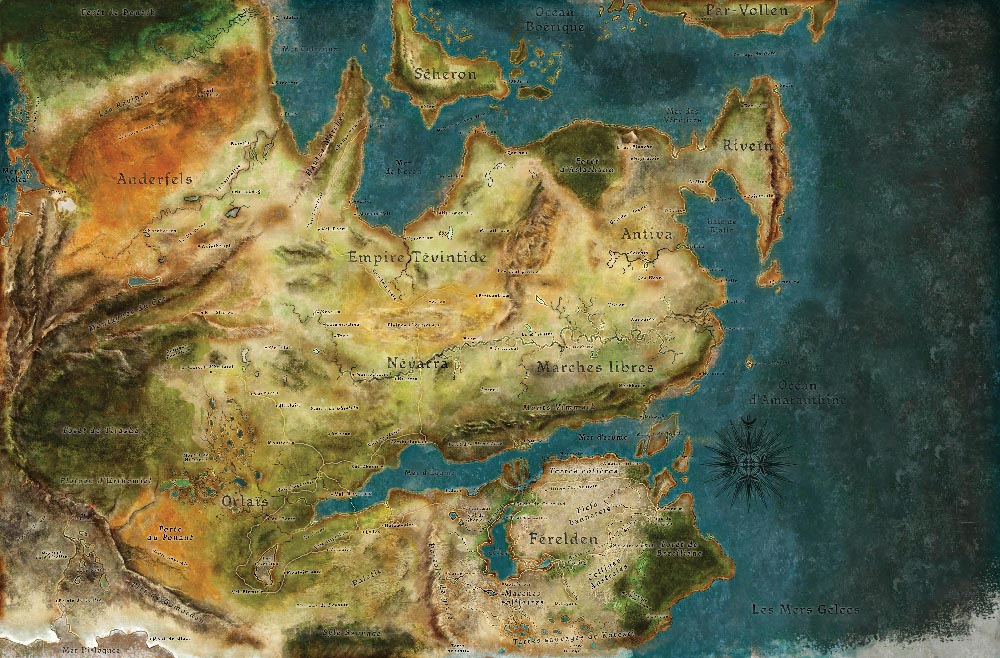

Alphonse immediately recognised what was happening because, of course, he’d been through this a number of times before. Here’s a portion of the map that I made, showing the flow shoals from Hub, the capital of the Interdependency, to End: The initial session began with the party on a shipping vessel, the Tell Me Another One, as it undertook the 9 month journey to End, the furthest-flung planet of the Interdependency in order to deliver some weapons to the reigning Duke to help him put down an uprising. The state religion, with the Emperox as titular head, celebrates the Interdependency as a divinely sanctioned society. The trading houses are incredibly wealthy from government-sanctioned monopolies and by collecting tolls at “shoals”, entrances and exits to Flow pathways. As a natural phenomenon, the Flow is poorly understood Earth disconnected from the network thousands of years ago, and civilization on another system collapsed more recently when its pathway suddenly closed.įamily-owned megacorporations control all interstellar trade in the Interdependency’s mercantile economy one, House Wu, is the royal family. There is no faster-than-light communication faster than the Flow, and interstellar trips are not instantaneous-ships carrying mail or passengers from Hub, the capital of the empire and the system with the most Flow connections, arrive at End, the most distant, nine months later-but the network permits life-sustaining intersystem trade. Each stream is one way and has an entry point and an exit point. The Interdependency is a thousand-year-old human empire of 48 star systems connected by the Flow, a network of “streams” allowing faster-than-light travel. I really like the setting, and how the political system of the Holy Empire of the Interdependent States and Mercantile Guilds is shaped by the spatial anomaly known as The Flow.
#Traveller rpg adventures series#
They are the Independency series from John Scalzi: Anyone else, you should totally read them. I encourage any of my group who read this post not to read the books, at least for now. Now, the campaign itself is based on some of my favourite novels. Along the way, he also picked up some narratively-convenient knowledge of physics, and flow physics, specifically. As a physician, Oskar had an early brush with controversy as he was caught plagiarising other scholars, but his career recovered and he went on to spend a couple of decades in the medical field before retiring with his own (very small) lab ship. Oskar Hicks: An academic at heart, Oskar quickly realised his ambition of becoming a doctor.He always seemed to escape unscathed, including when he was the commanding officer against whom the mutiny presumably took place. Now, the naval life was not a quiet or simple one for Alphonse and he found himself embroiled in several (I want to say at least 4) mutinies over the years. My understanding is that Alphonse was a career naval officer and that he had a long career which culminated at the rank of Admiral. Alphonse Hohenheim: I’m less familiar with Alphonse’s journey, having left the player to take care of most of his character creation himself, just checking in every so often.He remained in the Navy before retiring in his late 30s, having reached the rank of Captain. This time he was successful and enlisted as a pilot, quickly gaining a commission and rising up the ranks, gathering allies and enemies on the way. His desire to become a pilot stayed with him and he left the marines at the end of his first four year term and applied once more for the Navy. He then submitted to the draft and was placed in the Marines. Pom Tarris: Pom got off to a rough start, faling to get into the Military Academy and then also failing to get into the Navy.It took a while, but after the first couple of terms the pace was actually pretty good, and we quickly found character backstories forming before us. We ended up doing them together, working through one four block term at a time, going round each player.


It was actually a lot of fun doing the characters. Here’s a handy-dandy flowchart to explain the process in a clear and concise manner: You go on to actually play out, via tables and dice, the life that your character leads in a series of four-year blocks. Rolling up some stats and choosing some initial skills are important parts, but that’s just the start of the process. The thing about Traveller is that character creation is quite… involved. Got a few guys from our local group and we spent last Wednesday writing up some characters and doing an initial scenario. I planned out a campaign based on some books by John Scalzi and then… I didn’t run it.

So, I kept telling people for the next year or so that I would be running a game of Traveller.


 0 kommentar(er)
0 kommentar(er)
